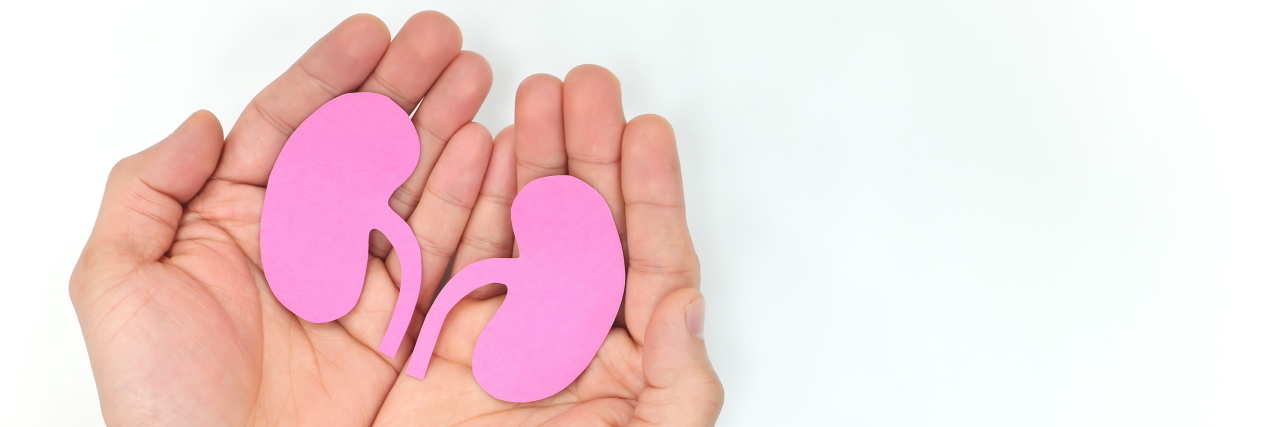Primary hyperoxaluria type 1 (PH1) is a rare genetic metabolic disorder that causes oxalate to accumulate in the kidneys and other organ systems. This can lead to recurring urinary and kidney stones and chronic kidney disease. Although there is no cure for PH1, the condition can be treated and managed to help patients maintain a high quality of life.
The Mighty asked Dr. Deepa Malieckal, a PH1 expert and Director of the Kidney Stone Prevention Center at the Smith Institute for Urology at Northwell Health in New Hyde Park, New York, to answer some questions regarding this rare disorder and what patients should know. Here’s what she had to say.
Note: The following information is not a substitute for medical advice. If you suspect you may have PH1 or chronic kidney disease, please consult a physician.
For those newly diagnosed with primary hyperoxaluria type 1, what questions should they be asking a nephrologist during their visit?
Patients who are newly diagnosed with primary hyperoxaluria type 1 should be asking their nephrologist how their kidney function is. They have recurrent stones from a young age, so follow-up X-rays and ultrasounds are important. Patients should ask what stones are there and if present, are they passable or would they require surgery for removal. They should also ask what their risks are with passing this disease on to their children.
What are the most important things someone can do to stop the progression of primary hyperoxaluria type 1?
The most important things someone could do to stop the progression of primary hyperoxaluria type 1 is to maintain a diluted urine by drinking at least 2-3 liters of fluid. They should also try to have a very low oxalate diet. It is also protective for these patients to increase their dietary calcium to get rid of excess oxalate through their stool instead of the urine. Some patients will also benefit from oral citrate therapy to maintain a higher urine pH which would prevent calcium oxalate precipitation and future stones. There are new FDA-approved medications that can also be used to treat patients by lowering blood oxalate levels.
What are the warning signs of PH1? How will someone know if they have PH1?
Patients with PH1 usually have a family history of stone disease, specifically calcium oxalate stones. Stones that usually start in childhood and continue to happen throughout one’s life is the usual course of the disease. PH1 is associated with having multiple stones a year and sometimes happen daily. Patients also suffer from nonspecific findings of recurrent urinary tract infections, blood in the urine, fatigue, poor appetite, nausea, and lethargy.
What are the risk factors for PH1?
This disease is rare and is caused by mutations in the AGXT gene. It is autosomal recessive in inheritance so this gene would have to be mutated in both parents of an affected person. This is the only known way to get this condition.
There can be a lot of fear and anxiety around dialysis or organ transplants, especially for parents of children with PH1. What advice or do you have to alleviate someone’s concerns regarding those specific types of treatment?
If you have PH1 that has affected your kidneys to the point where dialysis is needed it would be a life-saving measure and is usually well tolerated by young otherwise healthy people as a bridge to transplant. Liver transplantation is curative and would provide a better lifestyle in affected patients so that they can lead lives without the pain of having recurrent kidney stones and their associated complications.
From Our Community:
Getty image by John Kevin.

